The deployment of all energy generating technologies invariably leads to some degree of environmental impact.
The nature of the impact is dependent on the specific generation technology used and may include:- concerns over land and water resource use
- pollutant emissions
- waste generation
- public health and safety concerns
Viable, highly effective technologies have been developed to tackle environmental challenges, including the release of pollutants – such as oxides of sulphur (SOx) and nitrogen (NOx) – and particulate and trace elements, such as mercury. More recently, the focus has been on developing and deploying technologies to tackle greenhouse gas emissions associated with the use of coal, including carbon dioxide (CO2) and methane (CH4).
Reducing Pollution
Technologies are now available to improve the environmental performance of coal-fired power stations for a range of pollutants. In many cases a number of technologies are available to mitigate any given environmental impact. Which technology option is selected for a power plant will vary depending on its specific characteristics such as location, age, and fuel source. The maturity of environmental technologies varies substantially, with some being widely deployed and available ‘off the shelf’ to new innovative technologies which are still in the demonstration phase.A key strategy in the mitigation of coal’s environmental impacts is to improve the energy efficiency of power plants. Efficient plants burn less coal per unit of energy produced and consequently have lower associated environmental impacts. Efficiency improvements, particularly those related to combustion technologies, are an active area of research and an important component of a climate change mitigation strategy (see page on efficiency improvements).
Coal Washing
Mined coal is of variable quality and is frequently associated with mineral and chemical material including clay, sand, sulphur and trace elements. Coal cleaning by washing and beneficiation removes this associated material, prepares the coal to customer specifications and is an important step in reducing emissions from coal use.Coal cleaning reduces the ash content of coal by over 50% resulting in less waste, lower sulphur dioxide (SO2) emissions and improved thermal efficiencies, leading to lower CO2 emissions. While coal preparation is standard practice in many countries, greater uptake in developing countries is needed as a low-cost way to improve the environmental performance of coal.
Particulates
Particulate emissions are finely divided solid and liquid (other than water) substances that are emitted from power stations. Particulates can affect people’s respiratory systems, impact local visibility and cause dust problems. A number of technologies have been developed to control particulate emissions and are widely deployed in both developed and developing countries, including:- electrostatic precipitators
- fabric filters or baghouses
- wet particulate scrubbers
- hot gas filtration systems.
Fabric filters collect particulates from the flue gas as it passes through the tightly woven fabric of the bag. Both ESP and fabric filters are highly efficient, removing over 99.95% of particulate emissions.
Wet scrubbers are used to capture both particulates and SO2 by injecting water droplets into the flue gas to form a wet by-product. The addition of lime to the water helps to increase SO2 removal.
Hot gas filtration systems operate at higher temperatures (260-900ºC) and pressures (1-3 MPa) than conventional particulate removal technologies, eliminating the need for cooling of the gas, making them suitable for modern combined-cycle power plants such as Integrated Gasification Combined Cycle (IGCC). A range of hot gas filtration technologies have been under development for a number of years but further research is needed to enable widespread commercial deployment.
Acid Rain
During the late 20th century, rising global concerns over the effects of acid rain led to the development and utilisation of technologies to reduce emissions of SO2 and nitrogen oxides. The formation of SO2 occurs during the combustion of coals containing sulphur and can lead to acid rain and acidic aerosols (extremely fine air-borne particles). A number of technologies, collectively known as flue gas desulphurisation (FGD), have been developed to reduce SO2 emissions. These typically use a chemical sorbent, usually lime or limestone, to remove SO2 from the flue gas. FGD technologies have been installed in many countries and have led to enormous reductions in emissions.The combustion of coal in the presence of nitrogen, from either the fuel or air, leads to the formation of nitrogen oxides. The release of NOx to the atmosphere can contribute to smog, ground level ozone, acid rain and GHG emissions. Technologies to reduce NOx emissions are referred to as either primary abatement and control methods or as flue gas treatment.
Primary measures include the use of low NOx burners and burner optimisation techniques to minimise the formation of NOx during combustion. These primary control measures are routinely included in newly built power stations and may also be retrofitted when reductions in NOx emissions are required. Alternatively technologies such as Selective Catalytic Reduction (SCR) and Selective Non-Catalytic Reduction (SNCR) lower NOx emissions by treating the NOx post-combustion in the flue gas. SCR technology has been used commercially for almost 30 years and is now deployed throughout the world, removing between 80-90% of NOx emissions at a given plant.
Research is under way to develop combined SO2/NOx removal technologies. Such technologies are technically challenging and expensive but new advances hold the promise of overcoming these issues.
Trace Elements
Coal is a chemically complex substance, naturally containing many trace elements including mercury, selenium and arsenic. The combustion of coal can result in trace elements being released from power stations with potentially harmful impacts to both human health and the environment. A number of technologies are used to limit the release of trace elements including coal washing, particulate control devices, fluidised bed combustion, activated carbon injection and FGDs. The choice of mitigation technology will be dependent on the trace elements present and local air quality standard objectives. Research is ongoing to develop better sorbents and reagents that will improve the performance of FGD with respect to trace element removal.Waste
The combustion of coal generates waste consisting primarily of non-combustible mineral matter along with a small amount of unreacted carbon. The production of this waste can be minimised by coal cleaning prior to combustion. This represents a cost-effective method of providing high quality coal, while helping to reduce power station waste and increasing efficiencies. Waste can be further minimised through the use of high efficiency coal combustion technologies.There is increasing awareness of the opportunities to reprocess power station waste into valuable materials for use primarily in the construction and civil engineering industry. A wide variety of uses have been developed for coal waste including boiler slag for road surfacing, fluidised bed combustion waste as an agricultural lime and the addition of fly ash to cement (see page on coal combustion products).
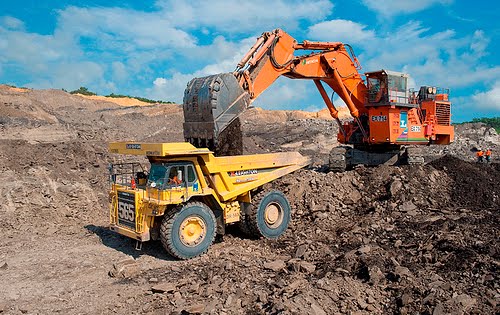
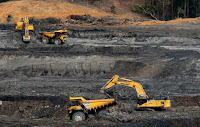

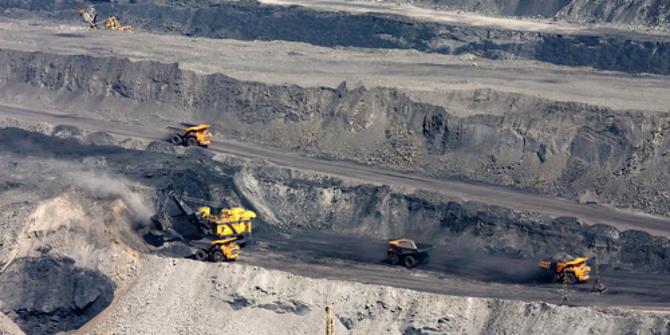






 09.01
09.01
 bro
bro

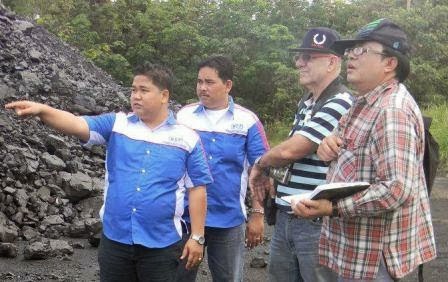

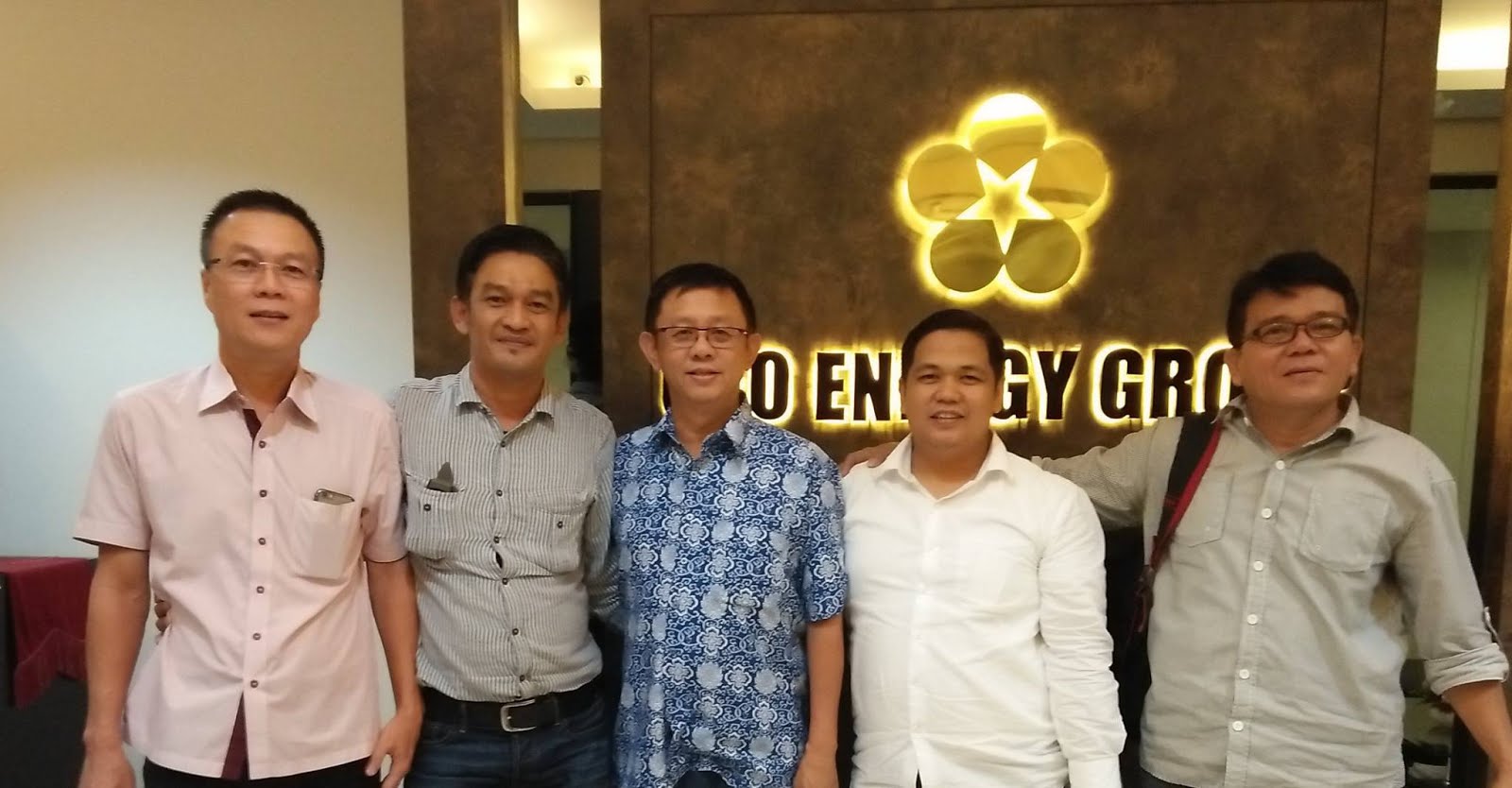









0 komentar:
Posting Komentar